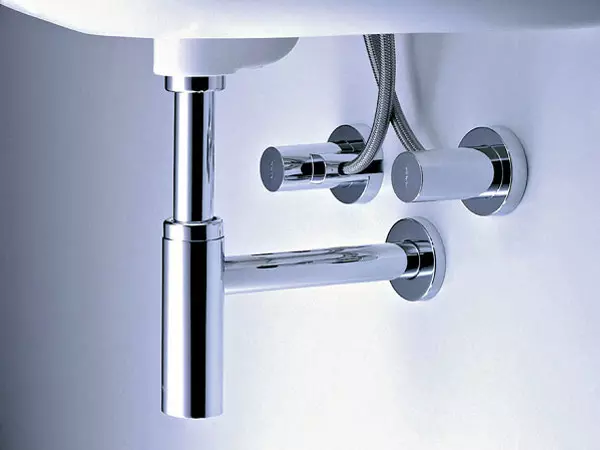
The drain siphon is the thing is necessary and extremely useful, because it protects our house from unpleasant odors, which can penetrate the sewage, and also prevents the formation of blockages in the pipes. Usually there is a minimum of three drain siphons. One of them is installed under the kitchen sink, the second - under the bathroom, and the third - under the washbasin. Our today's article is devoted to the latest appearance of siphones. From it you will learn about the device and features of operation of various types of sinchones for the sink. We hope that this information will help you make the right choice!
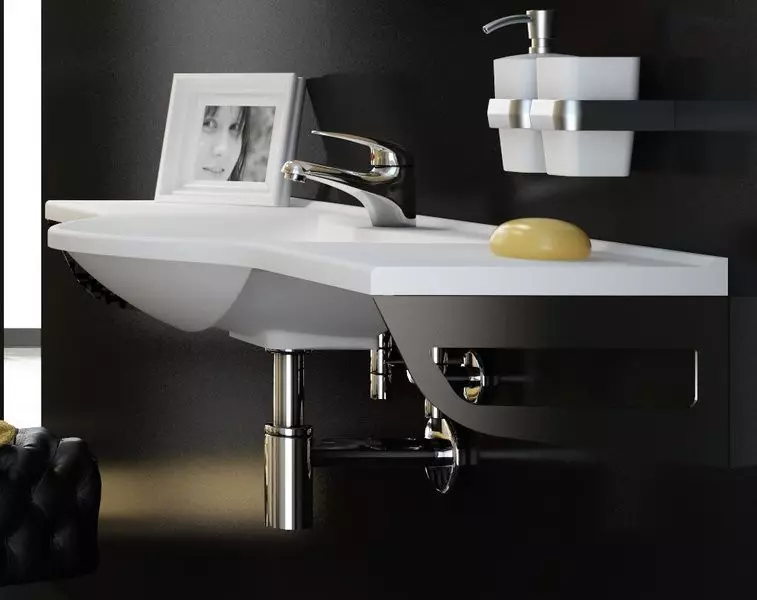
Views
As already mentioned, the drain siphon is installed not only under the sink, but also for other types of plumbing, for example, under a bath or bidet. Under each piece of plumbing suitable for a certain type of siphon, which has its own characteristics.The drain siphon for the bath exists in three versions:
Traditional
Traditional siphon is familiar to everyone, without exception. It allows you to fill the bath with water, just clogging the drain hole with a rubber plug on the chain. In order to merge water, it is enough to pull the plug.
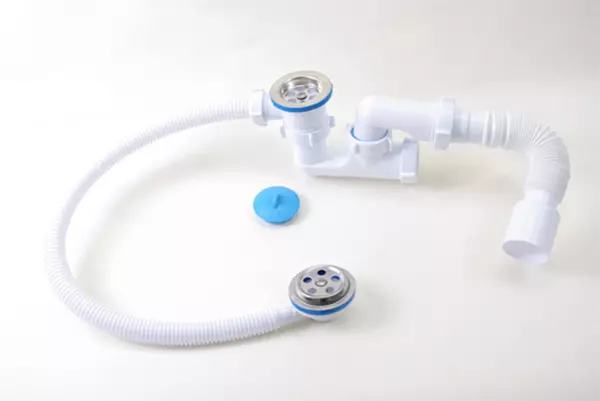
Semi-automatic
A semi-automatic siphon makes the task of a set and descent of water even easier. It is equipped with a control unit, which is attached outside, on the overflowing hole.
In order to bring the mechanism of plum-overflow, you need to press the button, raise the lever or rotate the valve on the control unit, depending on its device. As a result, a special cable will lower or lifting a plug closing.
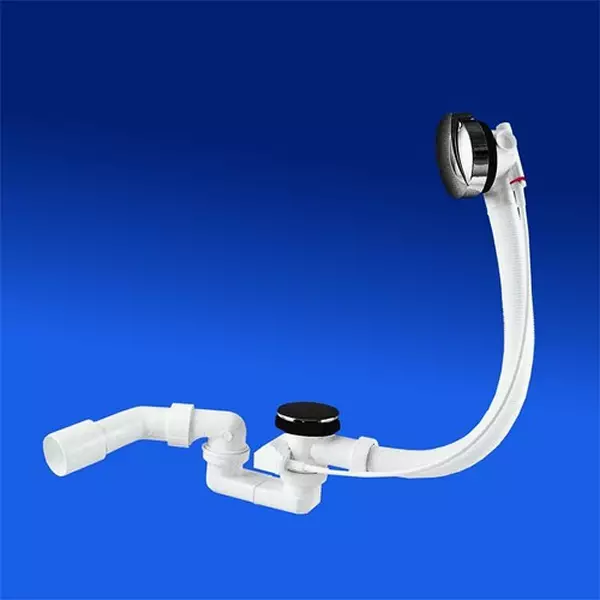
Auto
Automatic siphon appeared in the market of plumbing relatively recently. Its internal device is practically no different from its predecessors, but the management occurs differently.
The drain hole closes the automated plug-valve. When you click on it, the plug is lowered and tightly clogs the drain, and when you press the press - rises.
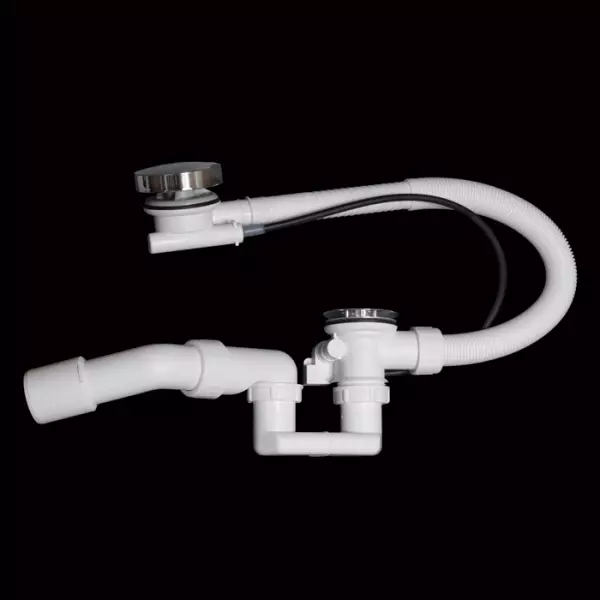
For bidet
A feature of a drain siphon for the bidet is unusual to bend the knee, since large streams of water pass through such a siphon. Basically, the design of the ziphon for the bidet and for the sink is practically no different. We will talk more about the types of siphones for the shells in the next section.
Article on the topic: How to connect the passage switch (light control of two or more points)
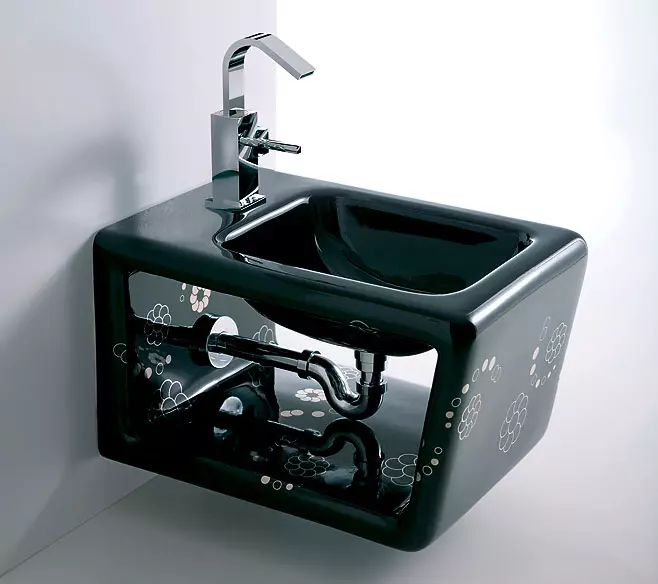
Views
Pipe
The pipe siphon is a curved metal or plastic tube. In the bend of the pipe formed a water shutter, but it is not very deep. Therefore, if such a siphon is not used for a long time, then water from it evaporates, causing a specific, shaft smell. In addition, the pipe siphon is often clogged, resulting in blockages.
Fortunately, the design provides for the ability to disassemble the siphon and clean it. However, if you install the pipe siphon not in the bathroom, but in the kitchen, it will have to do this operation quite often. Another disadvantage of this type of siphones is that it occupies a lot of space, and does not leave almost no useful space under the sink.
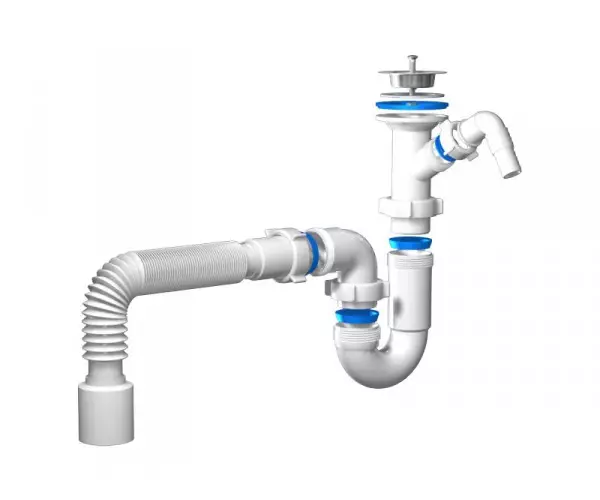
Bottle
Bottle siphon It is called this because its average part is an elongated flask, resembling a bottle form. In order to establish such a siphon under the sink, you will most likely need help professionals. But to disassemble and clean some of his elements, you can be completely independently.
The advantage of bottled siphons is that they allow you to connect the drain from the dishwasher and the washing machine directly, without additional removal into the sewer. And finally, the last argument in favor of exactly the species of the siphons: if some small items fall into the drain hole of the sink, you can always get it, just reloading the bottom of the flask.
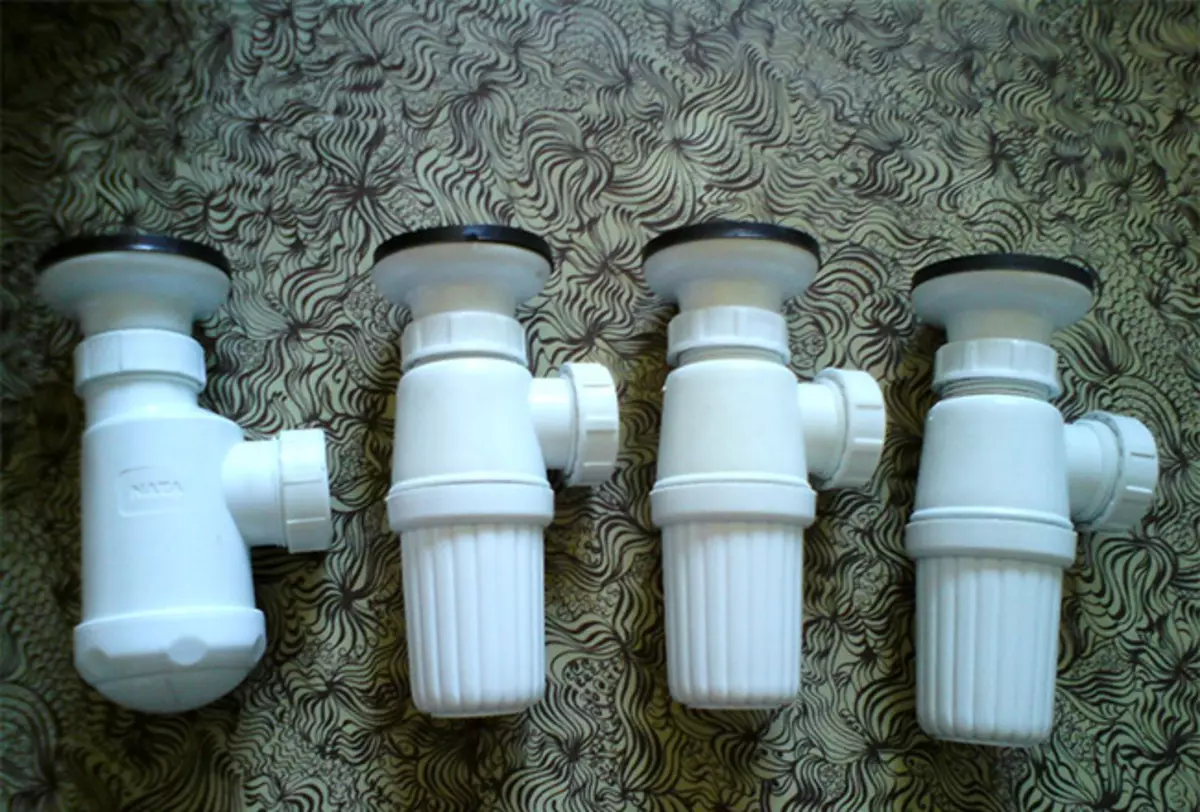
Corrugated
Corrugated siphon It is a plastic tube, which, due to its folded structure, is able to take any forms. Plasticity is the main advantage of this type of siphons. It can be sick even into the smallest sink space and attach to the drain convenient for you. In addition, the corrugated siphon consists of only two elements: actually pipes and connecting node.
Article on the topic: how to hang tulle organza
Its almost monolithic structure has significantly reduces the challency chance. The minuses of this siphon are as follows: first, it is unstable to high and low temperatures. That is, you can not allow boiling water into it or formulates, secondly, the folds are quickly clogged with fat, because of what scores are formed, so in order to clean the siphon, it will have to completely dismantle.
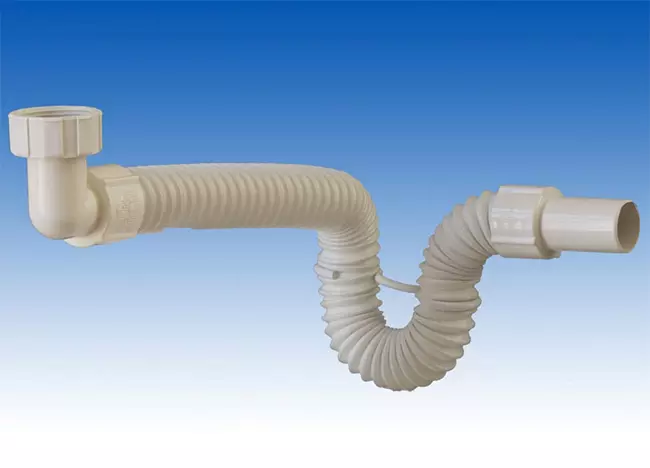
Dry
Dry siphon appeared in the plumbing market relatively recently. Due to its special design, which prevents water from water, he began to be used frequently on dachas where there is no heating.
When the water is received, the rubber membrane is revealed, and water passes through it, like on the pipe. As soon as water ceases to act, the membrane is compressed again and closes the flowing hole.
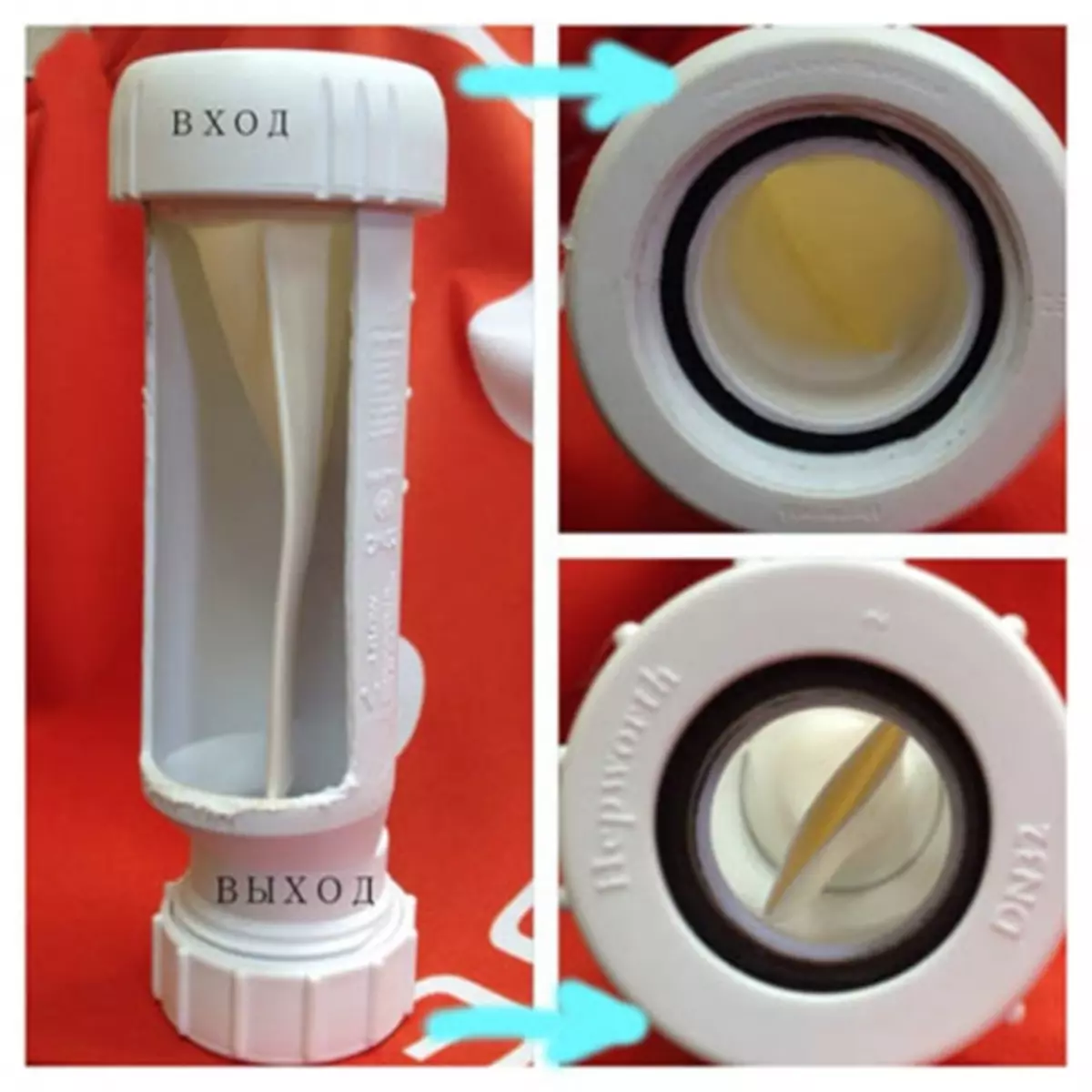
Classification by material
For the manufacture of siphones used Plastic or metal.
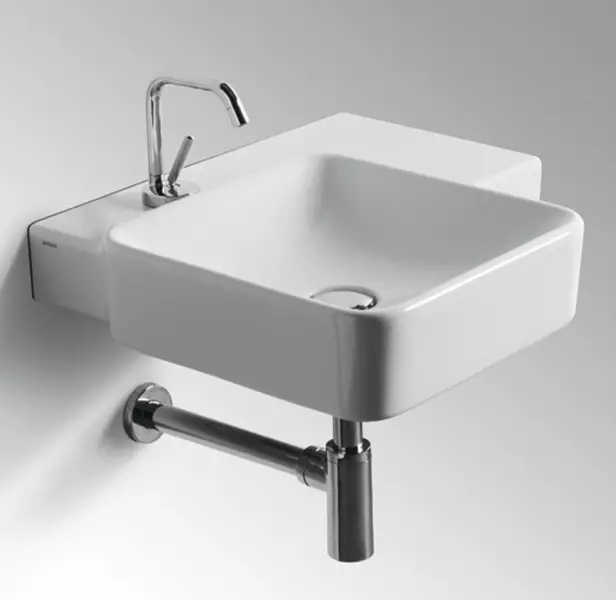
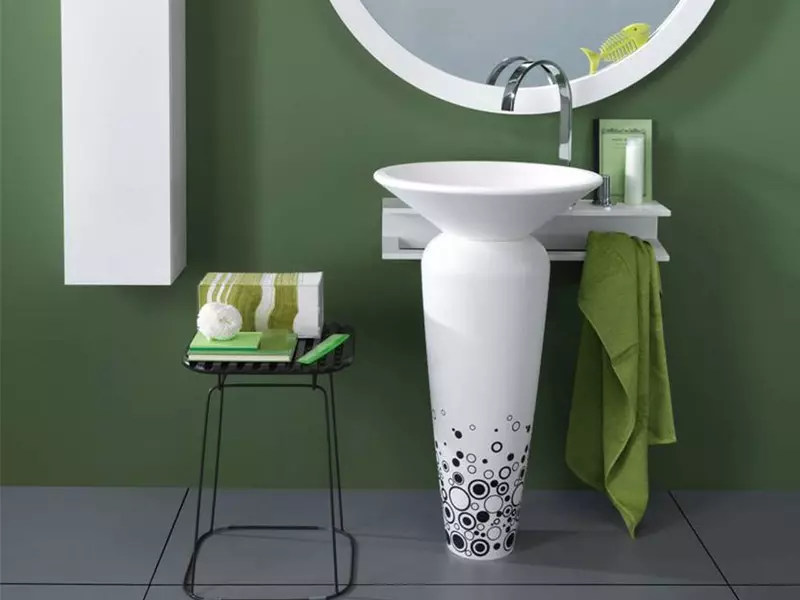
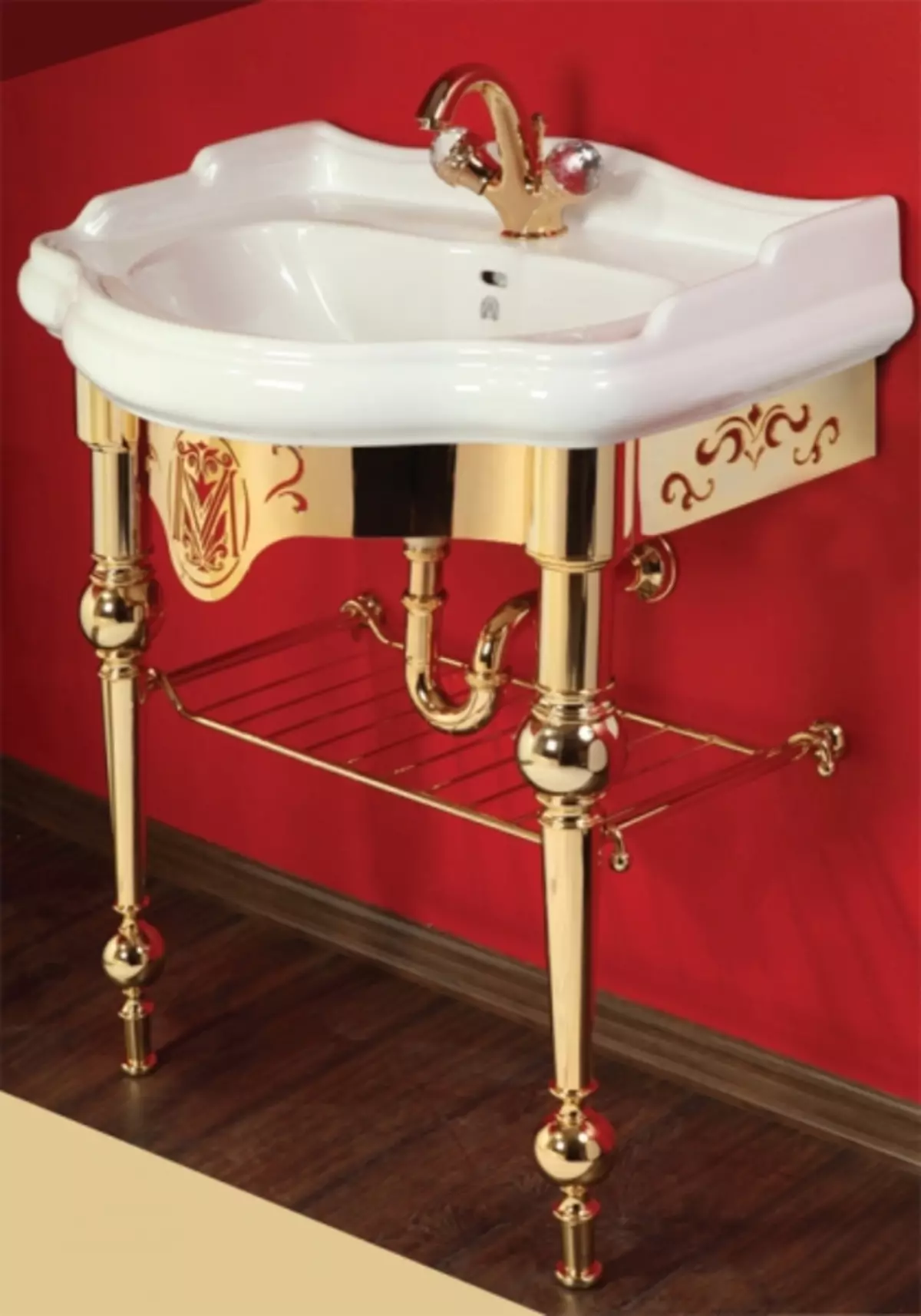
Metal
If you do not plan to close the siphon of a table or mount it inside the pedestal, then you should stop your choice on the metal product. Metal siphons They look more aesthetically, and more expensive models are truly luxurious.Metal siphons with chromed coating are particularly popular. They are perfectly harmonized with other chrome interior details in the bathroom: heated towel rail, mixer, curtain bar, door handles. Choosing a chrome siphon, remember that without proper care, the coating very quickly loses the initial shine.
Siphon coating is usually chosen according to the shared style of the bathroom. Thus, in a classic or vintage interior, you should give preference to a drain siphon with copper, bronze or brass coating.
Plastic
More modern option is Plastic siphons. Plastic is lightweight, durable and durable material, which, moreover, is much cheaper than metal.
Plastic siphon is very easy to install independently, but, if necessary, and disassemble. Among other things, the essential advantage of plastic models is that there are no lime deposits on their walls.
However, if you choose exactly on plastic siphon, take care that it is hidden. It looks very small, therefore it is more suitable for closed shell models, for example, for a tulip shell.
Article on the topic: How to hide the wires on the floor in the plinth?
Choice
So, the choice of a siphon depends on the many different factors:
- The type of shell to which the siphon is connected. If the sink is such a model that the space under it is open to the eye, then it is necessary to purchase a metal siphon. The plastic siphon looks not so good, so it is better to install it only under the closed models of the shell.
- The presence of a free space in the bathroom. If the bathroom is small and every piece of free space on the account, then buy a corrugated plastic siphon. It takes quite a bit of space and allows, for example, to install a washing machine under the sink.
- The room in which the siphon will be used. If you choose a siphon into a country house in which there is no water supply in the winter, the drain siphon of dry type is suitable.
- Siphon bandwidth . It should be the higher, the more household appliances are connected to it and the more water pressure in the crane.
- Siphon section width. From it directly depends on the bandwidth of the siphon.
- Price of siphon. Metal models, as a rule, are more expensive.
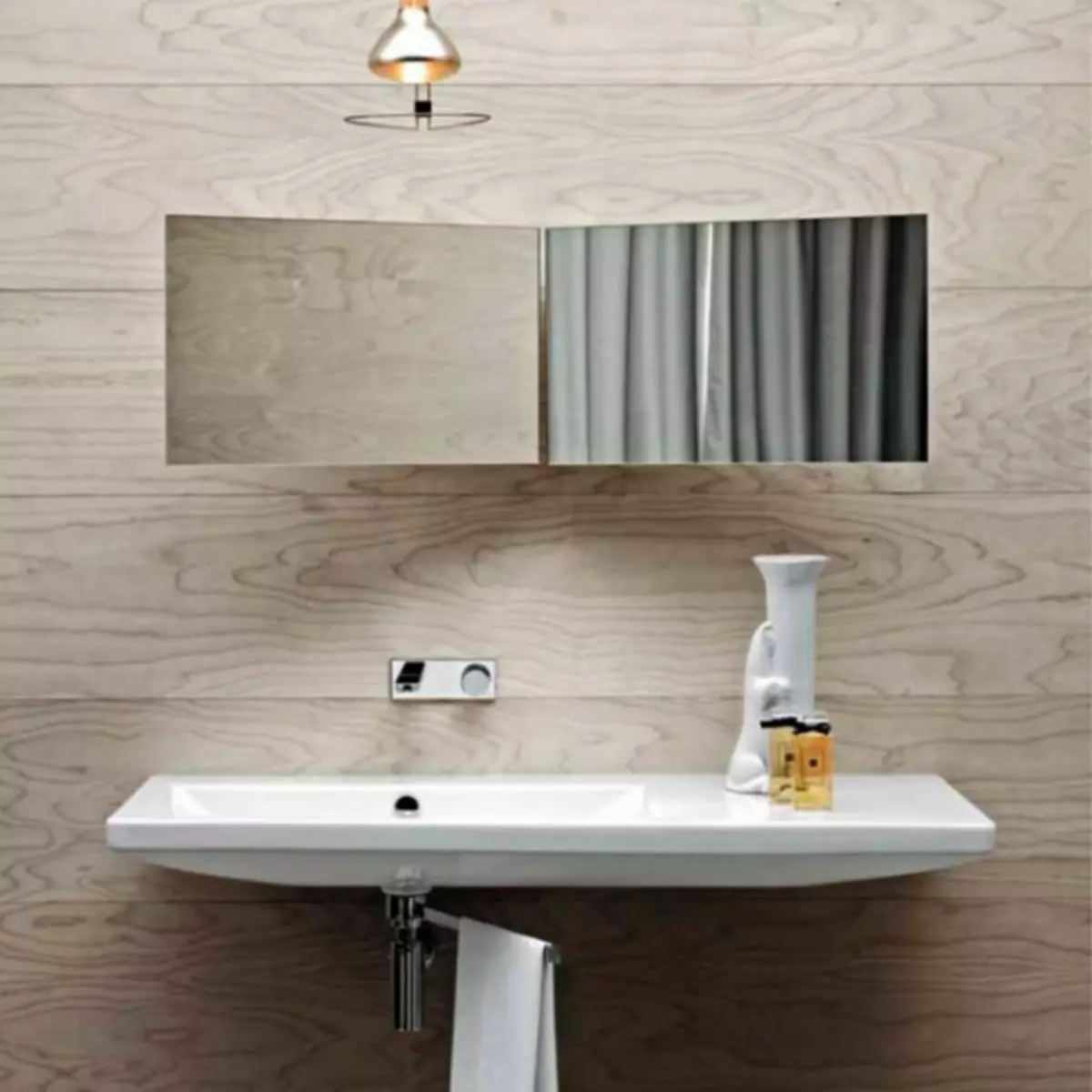
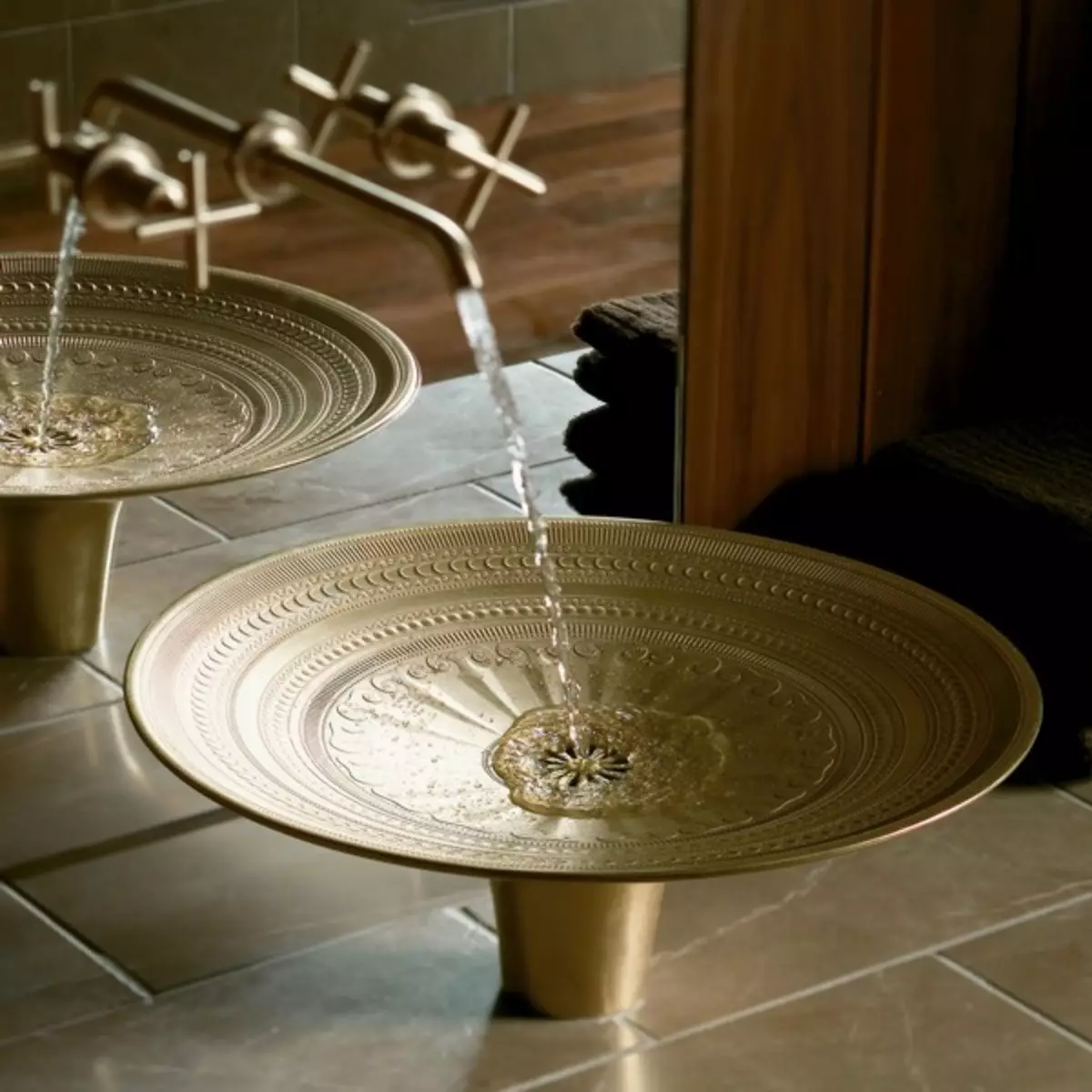
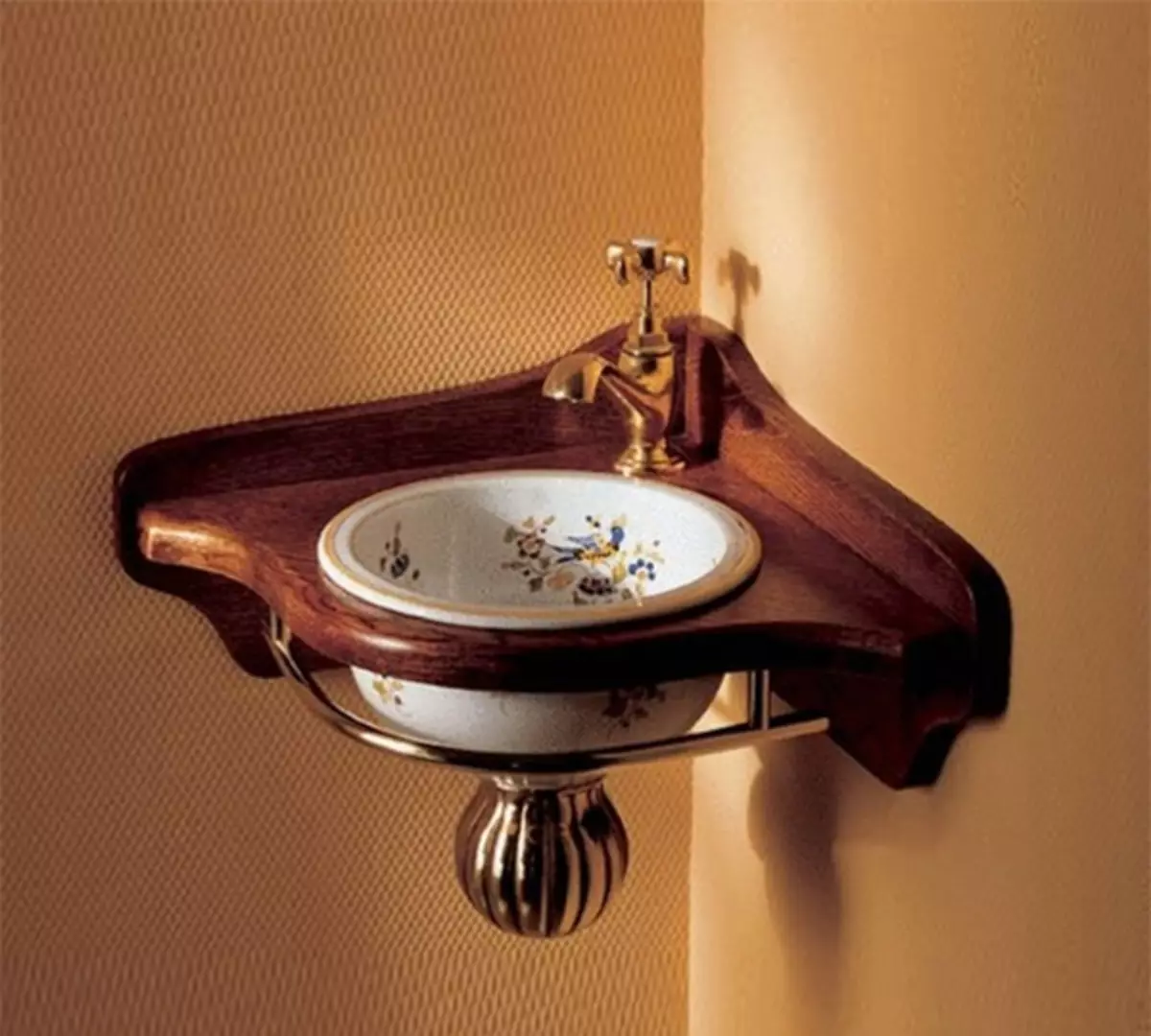
Installation with your own hands
Before starting the installation of a siphon, it is necessary to carry out some preparatory work. First of all, of course, you need to get rid of the former siphon. After it is dismantled, try to clear the sewer nozzle from the clusters of the mud. In the future, this will help you avoid formation of blockages.
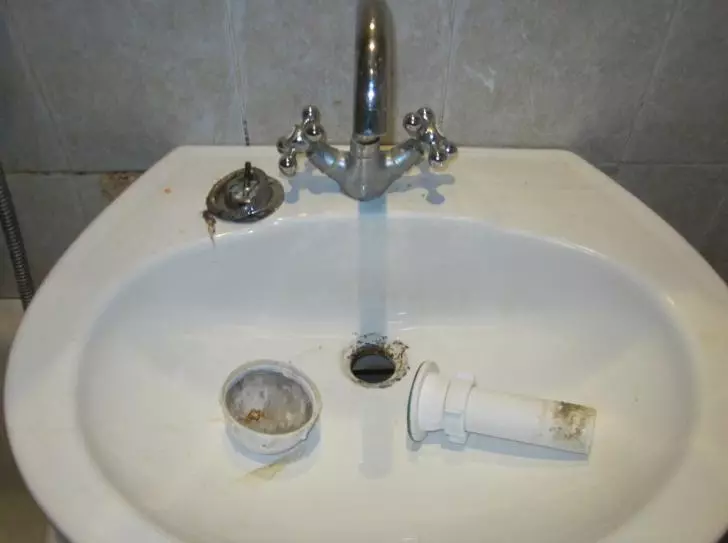
Siphon enclosures groove compress the ring gasket and tighten the part. On the lean nozzle, secure the tie nut and compact the cone-shaped gasket. Insert the groove nozzle into the groove of the case and tighten the nut, but not until it stops, otherwise the siphon will not work. To the side nozzle, attach the removal and secure the connection with a scribble nut, pre-composed with a flat gasket. In the drain hole of the sink, put a protective mesh, and on the other hand the nozzle. Do not forget to compact with rubber gasket! Fasten the design by screwing down the tie screw into the grille.
